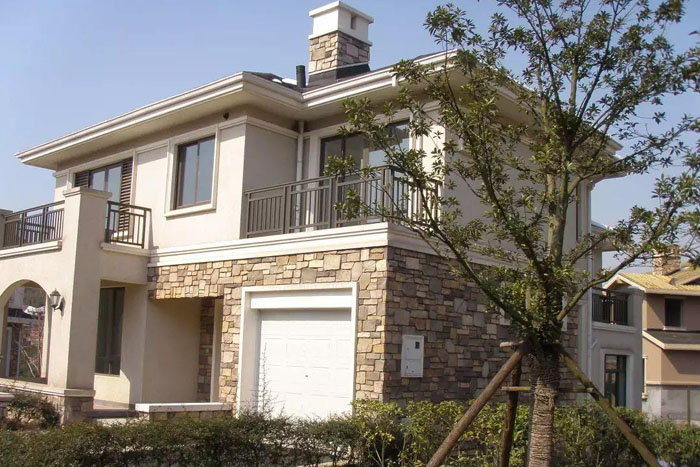There is no doubt that natural stone is popular with everyone. However, many friends do not know very well whether natural stone will fade. Today, the editor of FABULOUS Group will take you to find out.

Will granite fade?
This question is often raised by buyers. Compared with marble, granite can be said to "never fade", but in the long run, granite still has to fade. It's just time.
The rocks that can make granite are mainly magma. Such as feldspar, quartz, pyroxene, hornblende, mica, etc., in the structure of these silicate minerals, each silicon ion is surrounded by four oxygen ions, and the four oxygen ions are distributed on the four corners to form Silica tetrahedron, which is the basic structural unit of silicate, is quite stable in nature, has strong acid resistance, is difficult to dissolve, weathering, and does not change color. Unlike marble, it reacts with the acid in the air to form a cloud Gypsum particles are attached to the surface, causing it to fade.
But there are no absolutely stable substances in nature. Rocks are no exception. High mountains will be flattened. What's more, granite? Rocks are composed of minerals. Minerals can become other secondary species due to various reasons, such as the action of hydrothermal fluid and weathering. Minerals such as potash feldspar, mica and hornblende become kaolin and limonite, pyroxene often becomes epidote, chlorite or calcite, and olivine becomes serpentine and magnesite. After these changes Of course, the color of the rock also needs to change, but the process is quite long, and some are not what we can observe in the short experience of life. In fact, we can’t wait for this change. The color is already changing.

Will the marble fade?
Marble is mainly composed of calcite, dolomite and other minerals. The former is mostly the former. The molecular formula of calcite is CaCo3. Marble is CaMgCo3. Both have carbonate [CO3]; ions. They are more active and easy to interact with sulfur dioxide in the air to form gypsum ( CaSO4].2H2O, this gypsum is in the form of turbid particles. Calcite easily interacts with water to form calcium bicarbonate (CaHCO3)2 that is dissolved in water. After the water is lost, it turns into calcium carbonate (calcite) (karst caves in limestone areas). This is why stalagmites and stalactites are formed), especially for open-air stone, marble is not suitable for this reason. As the exterior wall facing marble, the color will generally fade after 2-3 years.